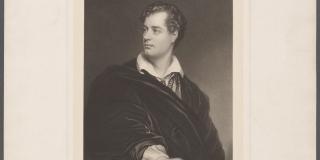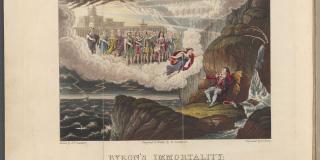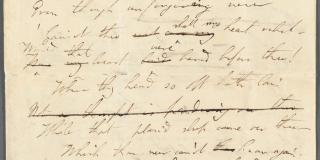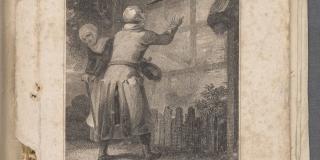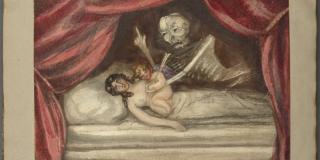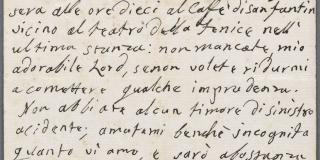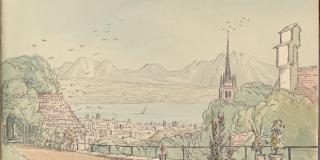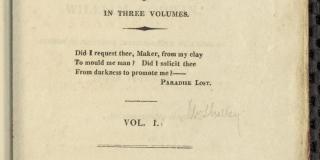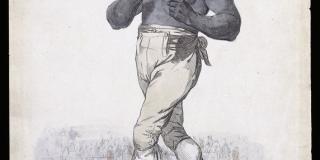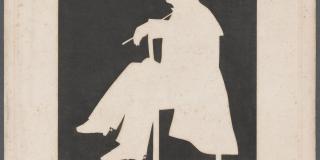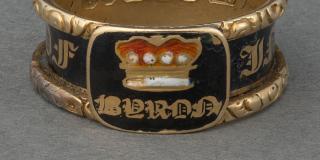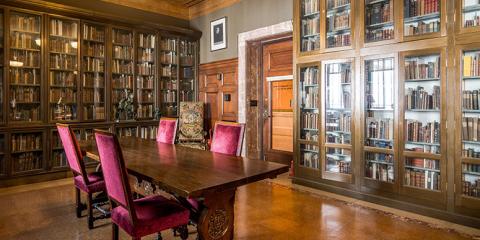Byron: A Life in Motion explores the thrilling and complex life of the poet George Gordon Byron, Lord Byron (1788–1824). The exhibition traces Byron’s movements, from his boyhood and youth in Aberdeen, Nottinghamshire, and Cambridge, to his tour through the Near East and Greece, to the moment in 1813 when he shot to fame with Childe Harold’s Pilgrimage, and his brief time as a London writer, socialite, and young husband. When his marriage failed, Byron set off again: to Switzerland, for a summer gathering in Geneva that sparked Mary Shelley’s Frankenstein; to Venice, where he began work on his masterpiece, Don Juan, and on to Ravenna, Pisa, and Genoa with his companion Contessa Teresa Guiccioli, the Shelleys, and other friends. Byron’s final turn was away from poetry toward military action. In 1823 he sailed to Greece to join the national uprising against Turkish rule, but died there in April 1824 of illness and loss of blood before he saw action. Acclaimed a hero in Greece, Byron shook England one last time when his remains traveled through London to the family vault in Nottinghamshire.
The objects in the exhibition, most of which come from the Carl H. Pforzheimer Collection of Shelley and His Circle, include letters to and from Byron, literary manuscripts, books, paintings, prints, and even wine bills that contextualize his complicated existence. A final section glancing at Byron's posthumous fame includes modern responses to the poet and his work.
This exhibition is organized by The New York Public Library and curated by Elizabeth Denlinger, Curator of the Carl H. Pforzheimer Collection of Shelley and His Circle.


